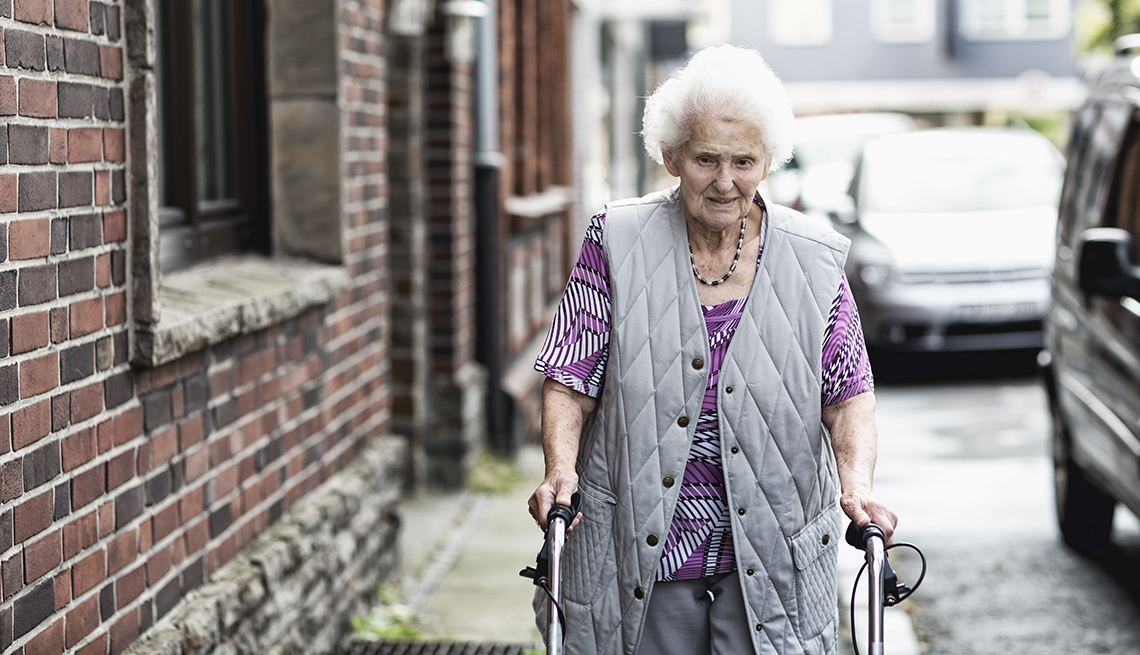
- Select a language for the TTS:
- UK English Female
- UK English Male
- US English Female
- US English Male
- Australian Female
- Australian Male
- Language selected: (auto detect) - EN
Play all audios:
The Supplemental Security Income (SSI) program provides critical financial support to people with low income and few assets, including children and working-age adults with severe
disabilities as well as adults ages 65 and older. In 2019, about 2.4 percent of people in the United States received SSI, up from about 1.6 percent in 1974. This brief describes how the
program works, and the demographic and economic characteristics of SSI beneficiaries (generally prior to the pandemic as enrollment has declined during the pandemic, likely due to field
office closings). It includes a discussion of state programs that supplement federal SSI, explores reasons some eligible people do not participate in SSI, and previews some changes to the
program currently under discussion. A SNAPSHOT OF THE PROGRAM IN 2021 In May 2021, over 7.8 million people received cash benefits under SSI: almost 1.1 million children, nearly 4.5 million
adults ages 18 to 64, and nearly 2.3 million adults ages 65 and older. Monthly benefits for all SSI beneficiaries averaged $585, with higher average benefits for children ($690) and those
ages 18-64 ($616) and lower benefits for those 65 and older ($476). SSI’S ELIGIBILITY STANDARDS HAVE ERODED OVER TIME To qualify for SSI, beneficiaries must have very few assets (known as an
“asset test” or “asset limit”). SSI asset limits have not changed in over 30 years, and are currently $2,000 for a single person, and $3,000 for a couple. Even though eligibility for SSI
excludes the value of some assets, such as a home and vehicle, the asset test has limited the number of people who qualify for the program. SSI’s income exclusions (small amounts of income
beneficiaries can receive without affecting their SSI benefits) have not changed since 1981. If they had, the general income exclusion would equal about $57/month (compared with the current
$20/month) and the earned income exclusion would equal about $186/month (compared with the current $65) SSI BENEFITS ARE INADEQUATE SSI does not guarantee even a poverty-level benefit to
people without other income. * Single people living in a state that does not supplement SSI, depending on circumstances, can receive benefits up to only 82 percent of the federal poverty
level (FPL). * Married couples, depending on circumstances, can receive benefits equal to up to only 88 percent of the FPL. Beneficiaries are much more likely than the general population to
report food insecurity, difficulty paying rent, mortgage and utility bills, and housing-quality concerns such as pests. SALIENT CHARACTERISTICS OF PEOPLE WHO RECEIVE SSI * People of color
are more likely than non-Hispanic white adults to receive SSI. Among adults ages 65 and older, people of color are more than twice as likely as non-Hispanic Whites to receive SSI. At ages 21
through 64, non-Hispanic Black people are about twice as likely to receive SSI as non-Hispanic White people. * Adults with limited education are especially likely to receive SSI. About 9
percent of adults ages 21 and older who do not have a high school diploma receive SSI, compared with about 4 percent of adults with a high school diploma and less than 1 percent of adults
with a bachelor’s degree or more education. * Married people are much less likely to report SSI benefits than unmarried people. Among unmarried adults younger than age 65, about 5 percent of
men and 6 percent of women receive SSI; rates climb to about 6 percent for unmarried men and 7 percent for unmarried women above age 65. * People who rent, or occupy a housing unit without
paying rent, are much more likely to claim SSI than homeowners. The difference is about two to one at younger ages and three to one at older ages. * Nearly 15 percent of adults reporting
poor health receive SSI, compared with less than 1 percent of those reporting excellent health. POSSIBLE CHANGES Proposals to reform the program include changes to its asset tests (including
how it treats retirement assets) and changes to income exclusions. Other proposals would affect the way the program accounts for marital status, and would simplify the complex formulas that
determine the extent to which recipients pay for their own food and shelter.




